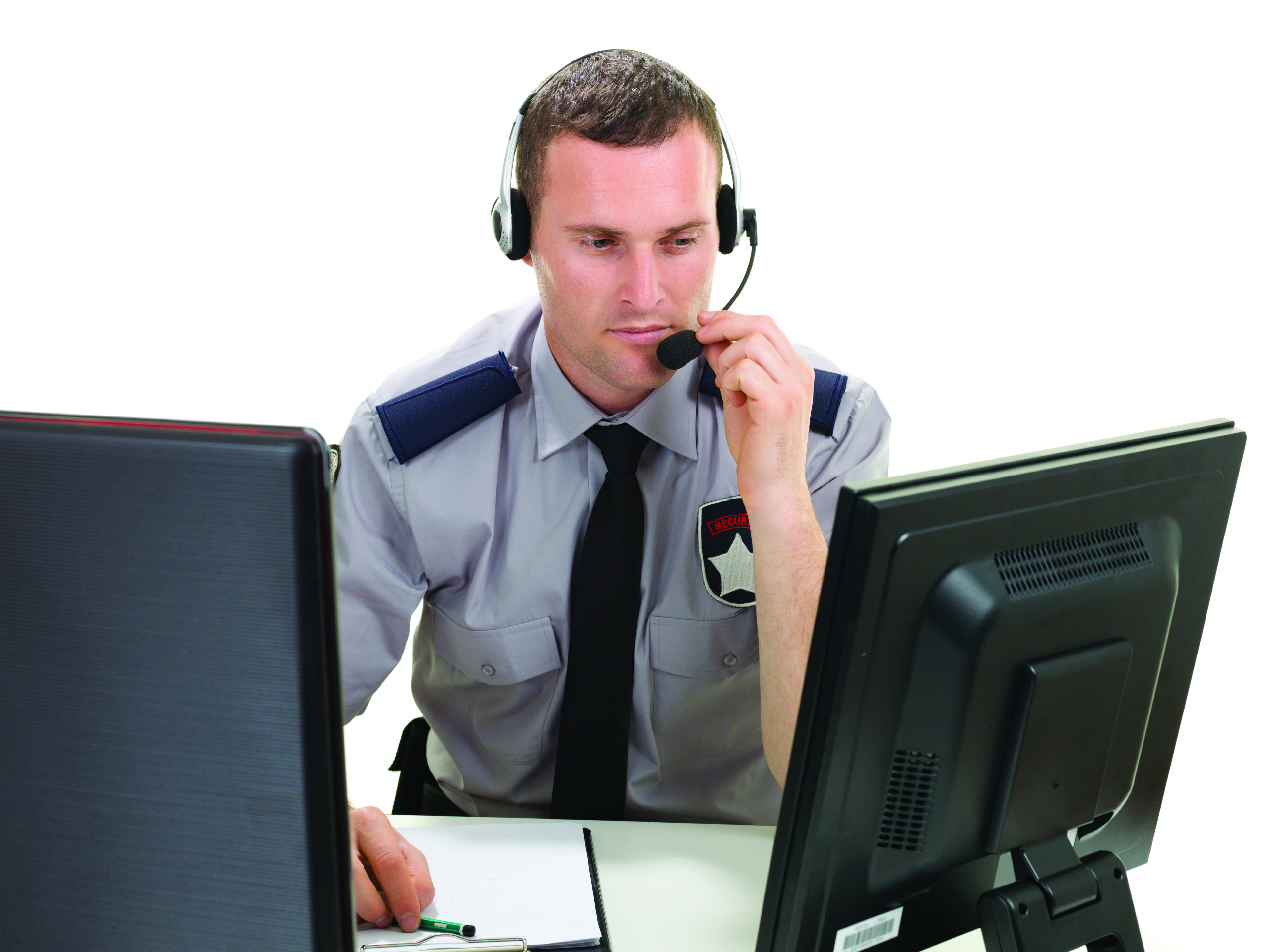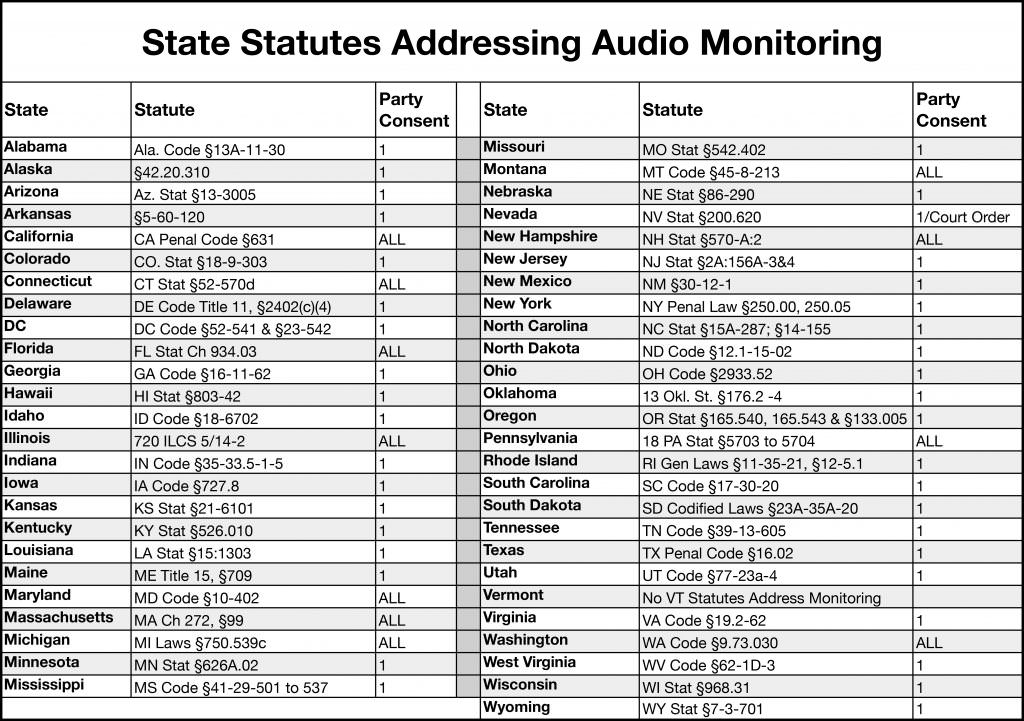Do You Hear What I Hear?

Audio technology is redefining the surveillance industry and has become an essential component of security systems

Richard Brent, Louroe Electronics
We are now a decade and a half into the 21st century, and it is time for a new mode of thinking when it comes to security. Security is on our minds more than ever before, and we need the best tools and strategies at our disposal if we want to construct the most optimal solutions.
While video is arguably the best-known technology in the surveillance and security toolkit, audio technology can and must rise to equal ground in order to form the most effective systems for organizations. The time for audio to take its rightful place next to video as a surveillance requirement has arrived.
One can make an analogy to consumer audio equipment: When you decouple components of your stereo system, you can buy the best of each component separately, then combine them into a system that achieves the optimal sound experience for your home (as opposed to all-in-one, off-the-shelf, one-size-fits-all stereo systems, which never sound as good). In a similar fashion, using the audio that comes with video surveillance equipment may be better than no audio at all, but it will not perform as well, nor will it achieve the same results, as using a separate, optimized audio solution.
Security and Surveillance: The Demand for a Complete Solution
To get a sense of how important audio is, consider our five senses. Each one is there for a reason and they are all equally valuable. (Evolution is efficient that way). Take one sense away, or ignore multiple senses, and you are at an immediate and significant handicap.
The same holds true in the realm of security and surveillance. Too often, the emphasis is on video alone, to the exclusion of its sister sense, audio. We need to start giving audio the same amount of attention that we give video.
While many may say they agree that audio and video should be on the same playing field, the present reality is that our industry remains focused on video-only systems. This simply must change if we are to successfully face the demands of 21st century protection.
Bottom line: Using video without audio is like living in a silent movie. And you don’t solve 21st century surveillance challenges by limiting yourself to early-20th century capabilities.
How Audio Increases Security Real-World Evidence
A few years ago, an incident occurred involving a bus monitor and her students that illustrates how audio greatly enhances security.
It was June 2012. The location: Greece, N.Y. Karen Klein was harassed on a school bus by four schoolboys who verbally abused the 68-year-old bus monitor with violent and graphic threats. While the bus’s video surveillance captured footage of the boys pointing at her, it was the recorded audio footage (later posted to YouTube) that provided the most potent evidence – the boys’ voices lashing out at her. Ultimately, the boys were punished with fines and suspensions because of this evidence of their verbal assault.
Video alone may have hinted at trouble, but only the audio provided enough evidence to prove guilt.
Alarm Verification
A key benefit of audio monitoring is that it assists in capturing a cause for alarm. It also helps combat false alarms by allowing companies to both see and hear what is going on (when combined with video security technology).
Audio monitoring, thus, provides secondary verification when a video system is triggered to an emergency, security threat or other unusual situation. The security system operator can verify to first responders that two sense points were triggered by the incident.
By adding audio monitoring, alarms can be activated based on sounds (above a specified, adjustable decibel level). For example, in November 2013, police in Evansville, Ind., received a verified audio alarm from a local body shop. When they arrived, two suspects were taken into custody, and each had property from the body shop on them.
In short, a verified alarm can be a godsend to many organizations, as it provides real-time confirmation of an intrusion via visual or audio monitoring. This technology truly provides companies with an enhanced way of keeping their assets safe.
Deterrence and Prevention
There have been many recent strides toward innovative technology (and applications of such technology) in the audio monitoring field, including the twin areas of deterrence and prevention. One example of this is in the domain of security personnel and teams. Using a network-based, two-way audio system, along with video, security staff can remotely interact with suspicious persons in real-time, rather than needing to physically send a guard to the area. As a result, guards can monitor multiple zones, restricted areas or commercial locations, better identify threats in progress, and quickly respond with verbal warnings and directions.
Beyond Security: Other Ways Audio Improves Business Operations
When it comes to an organization’s most fundamental security needs, audio is critical. However, there are other ways to use audio to benefit organizations.
- Monitoring High-Traffic Areas. Audio may be used to monitor high-traffic areas, in order to help keep people safe. This can be during normal, day-to-day, high-traffic periods, as well as during emergencies or natural disasters.
- Loss/Vandalism Prevention. Equipping businesses with audio monitoring can help them in their loss-prevention efforts, ensuring that employees are not stealing resources. Audio also helps strengthen protections against vandalism.
- Training. Audio is useful for providing employee training. For example, a fast food chain may want to use audio monitoring to ensure that employees are taking orders correctly.
- Other Uses of Audio. Audio technology can prove beneficial by improving operations, enhancing employee-to-employee and employee-to-customer communications, and simply enabling day-to-day business to be conducted in a more efficient manner.
Challenges for Retail Businesses
Disputes with customers can be significant challenges for businesses. When such disagreements arise, a store manager can often use audio recordings to help resolve the issue. If there is a dispute between an employee and a customer, the manager can download and review the audio file from the store computer and determine what really happened, as well as what action should be taken.
In one case involving a customer and a shipping store, the customer claimed that an employee promised a refund. To resolve the issue, the store manager downloaded the audio file and listened to it with the customer. The audio verified that the employee did not, in fact, promise a refund. This is just one example of many where audio can verify what really happened in a business setting. Video, by itself, in most cases, simply cannot capture exactly what was said and what interactions took place.
Businesses must deliver a safe, secure and welcome experience for their customers. Store managers face an ongoing need to prevent security breaches and property damage; they want to monitor their store’s surroundings around the clock. To meet these needs, an optimal surveillance and security system would include multiple cameras and, in many cases, just a single microphone. The cameras would be placed throughout the store, while the microphone could be mounted on the ceiling above the main cash register.
All of this gives the business owner and the store manager greatly enhanced peace of mind.
Legal Matters
In cases where an organization must meet certain legal requirements (for example, needing to avoid or achieve certain outcomes), audio can serve as additional verification, over and above any verification that is provided by video or other equipment already installed on-site. Video alone often cannot provide the full picture. Audio can help substantiate what was said by an organization’s employees or visitors.
One of the greatest benefits that audio provides is protection against liability.
Audio can benefit organizations on many occasions by helping them avoid lawsuits, potentially saving them thousands of dollars.
In some cases, it may only take a single incident for audio equipment to pay for itself and for the organization to see a return on its investment.
The most common question that arises from dealers, integrators and end users alike is whether audio monitoring is legal. Title 18 of Section 2510 of the United States Code defines privacy as communication “uttered by a person exhibiting an expectation that such communication is not subject to interception under circumstances justifying such expectation.” Simply put, when there is an expectation of privacy, monitoring is prohibited. By default, the statute also implies that when there is no expectation of privacy, recording is allowed.
For example, if people are walking and talking in a public space such as a town square or mall, there is a strong possibility that they might be overheard. As such, there is no expectation of privacy, and organizations can monitor for security purposes. Moreover, if an organization wants to install a surveillance system in a store or building, one of the tools they can use to remove the expectation of privacy is signage. A clearly visible sign stating “audio monitoring is taking place on these premises” alerts people that the area is considered public, and, thus, privacy is not guaranteed.
What security professionals need to look out for are state laws on monitoring small groups of people. In order to record, consent must be given from the involved parties. However, each state has different laws regarding how many parties need to give permission. In Virginia, for example, only one of the parties needs to give approval, while in neighboring Maryland, all parties must do so. See the chart for more information. For expert legal advice, consult an attorney.

Audio Industry Forecast
Strong growth is anticipated in the adoption of audio monitoring as a security technology. More and more end users are realizing the value of audio when used in combination with video. This adoption is taking place in both the IP and analog segments, and across verticals, including law enforcement, retail, education and transportation. Public-facing positions in these verticals are increasingly embracing audio to provide verification of events and transactions. Playing back audio allows users to resolve any misunderstandings or disputes about what was said or offered to a customer, visitor or service provider. As the number of security cameras, recorders and software options supporting audio grows, a commensurate increase in the use of audio technology is expected.

Conclusion
The trend is clear: An increasing number of major organizations in retail, education, transportation, commercial and many other sectors have begun leveraging the power of audio for their surveillance and security needs.
Incorporating audio into security systems is the only way to ensure the most optimal solutions for organizations that need to conduct surveillance and maintain security.
End users are demanding better solutions, and audio simply must be part of the equation.
In summary, organizations cannot afford to turn a deaf ear toward audio when it comes to deploying a complete, all-around security solution. Combining audio and video is the only way to ensure that the best technologies are being applied to the world’s surveillance and security challenges.
Richard Brent (rbrent@louroe.com) is CEO of Louroe Electronics (www.louroe.com).
